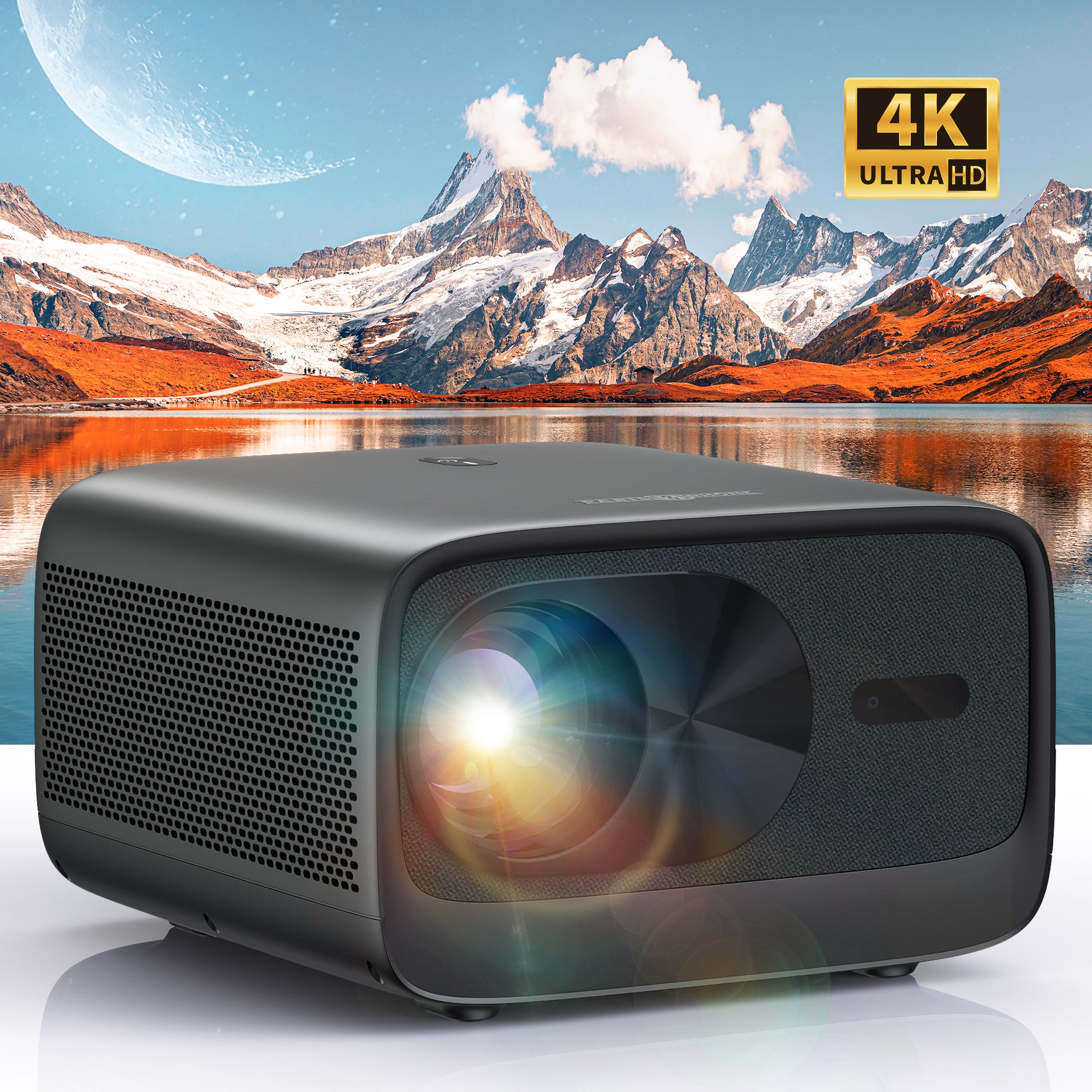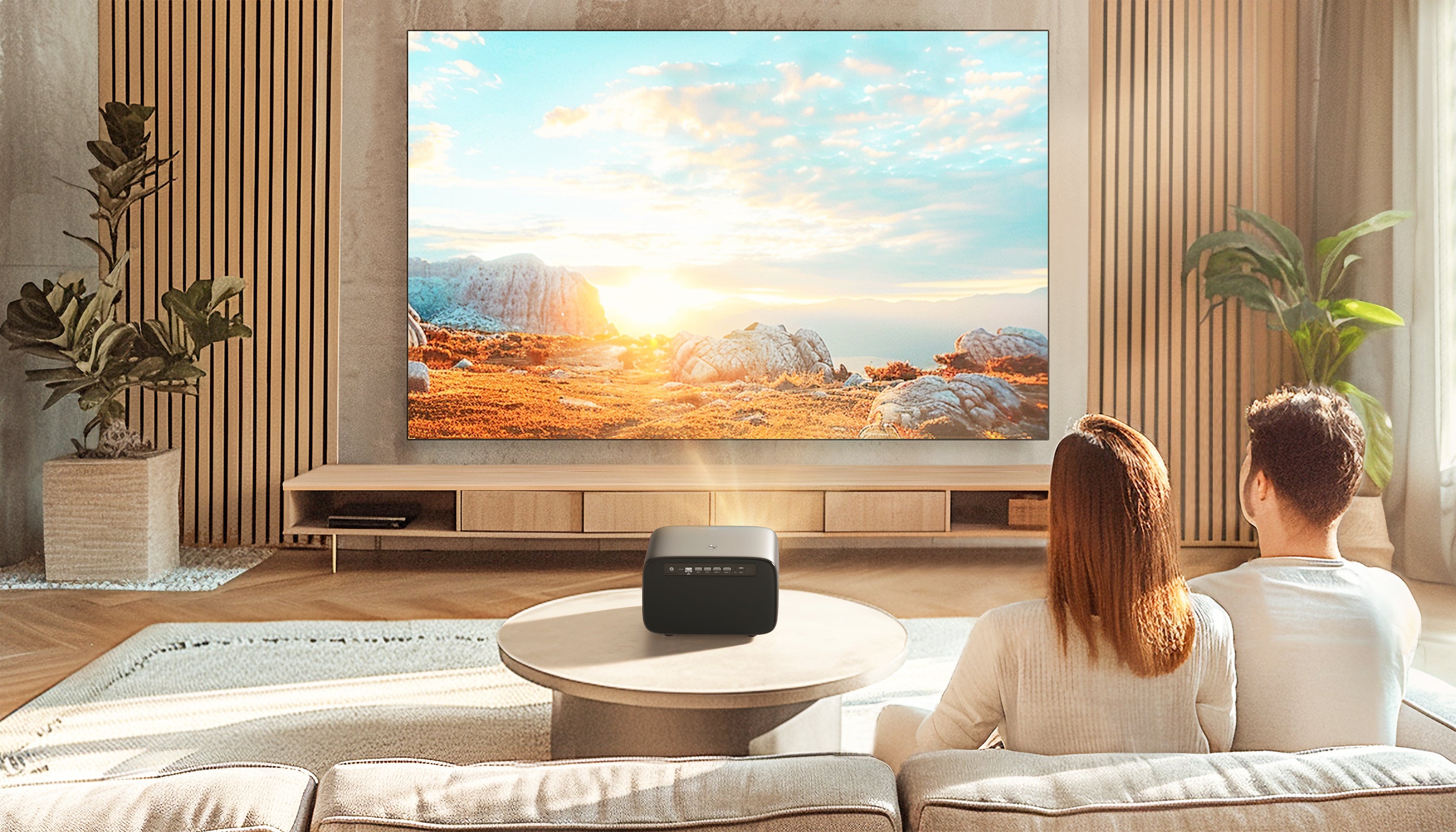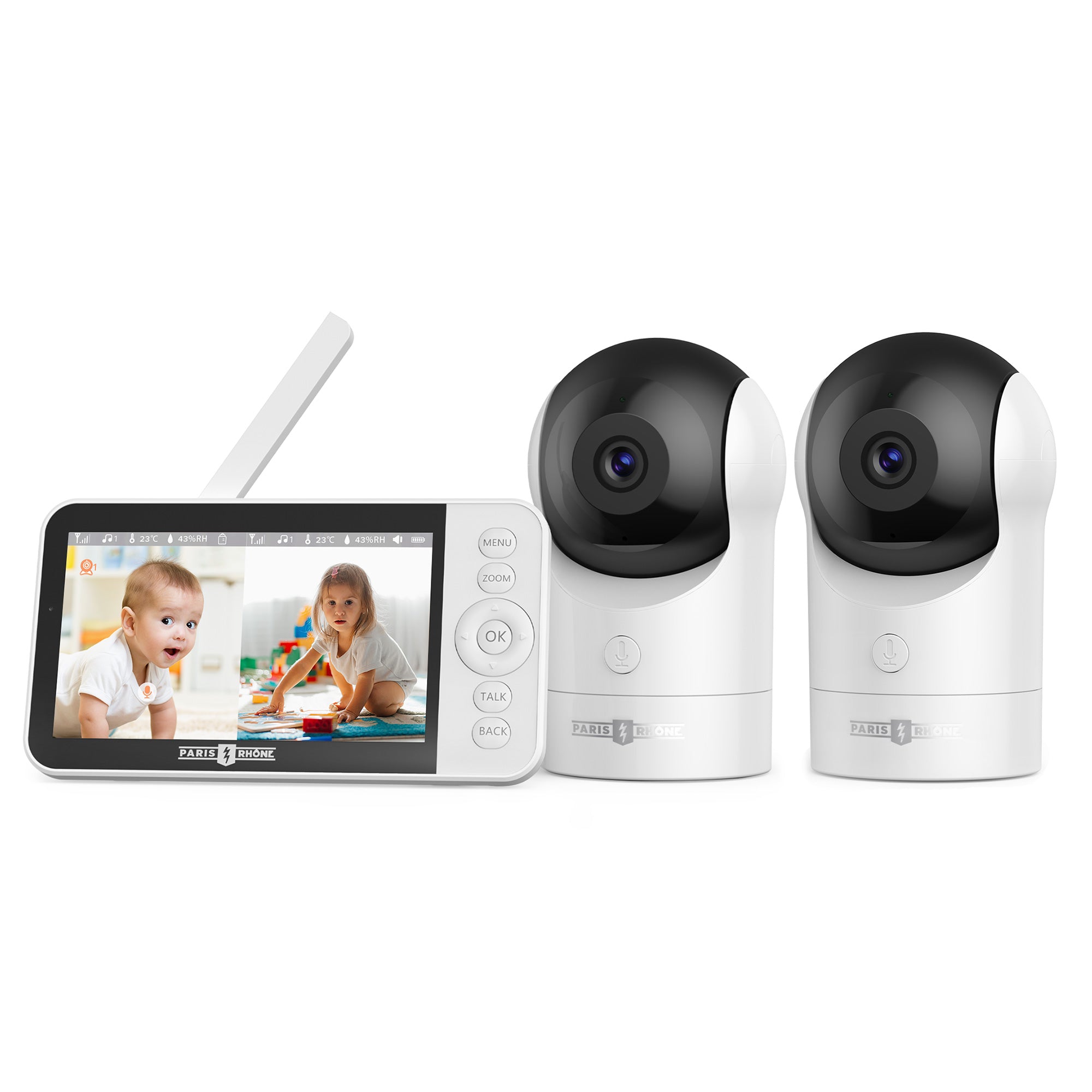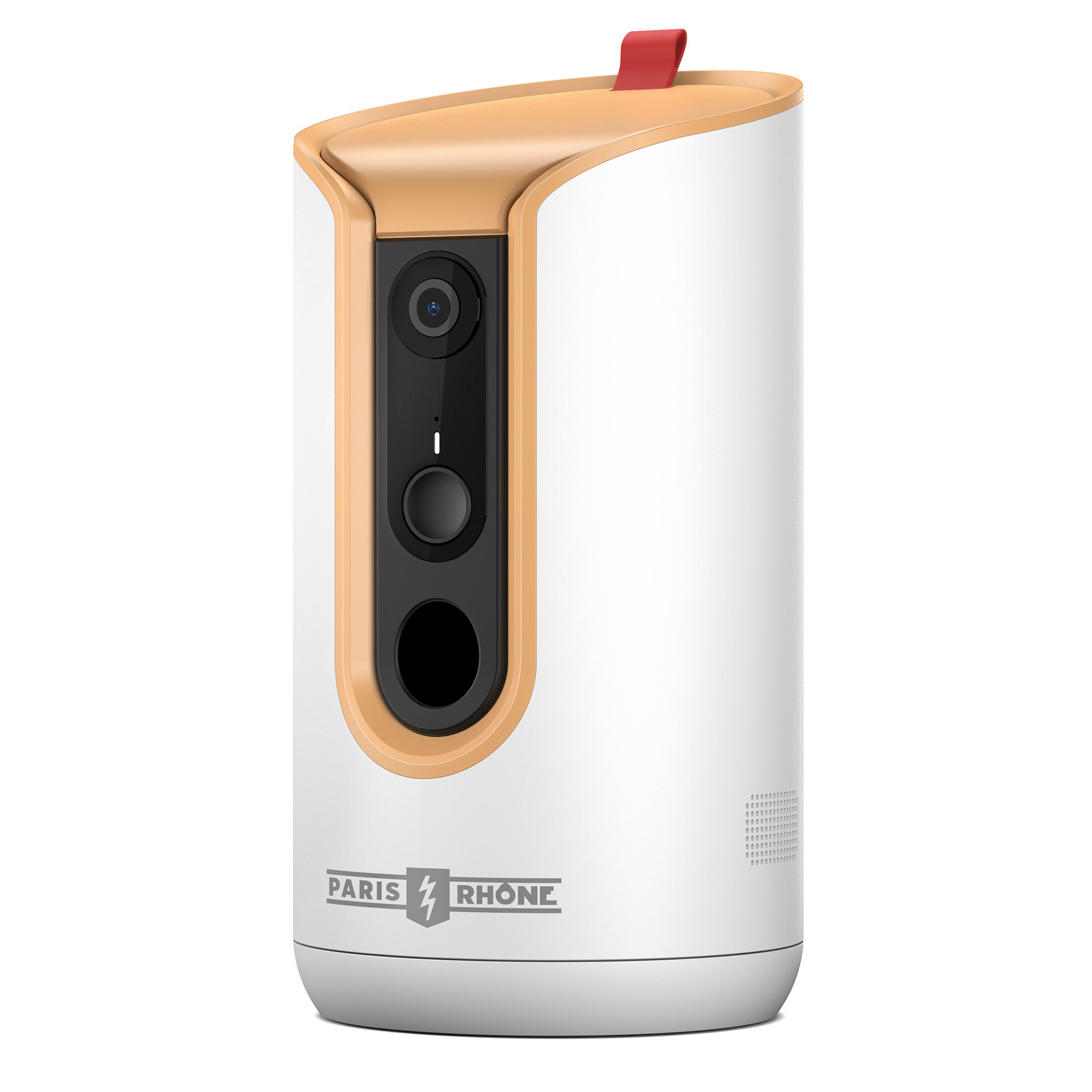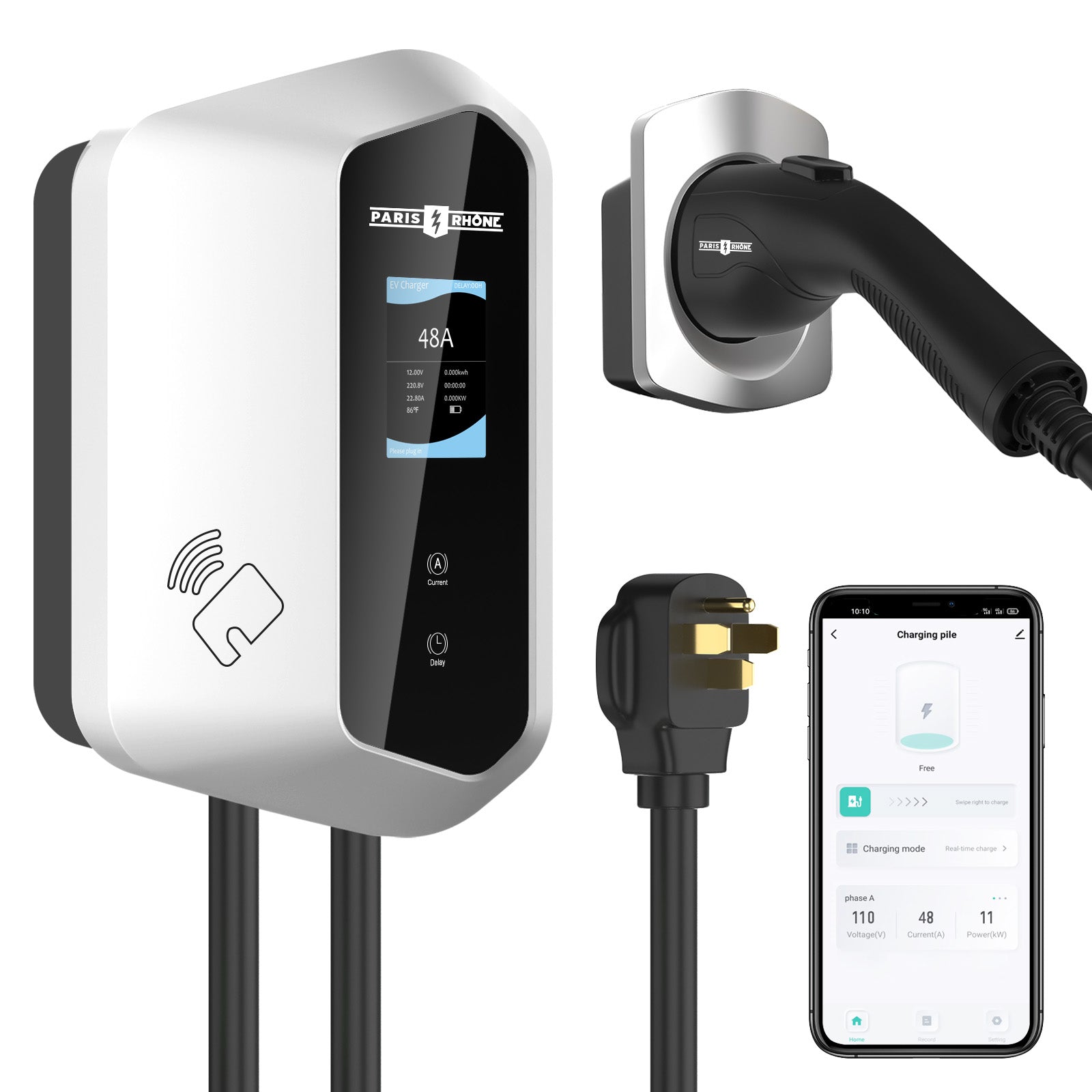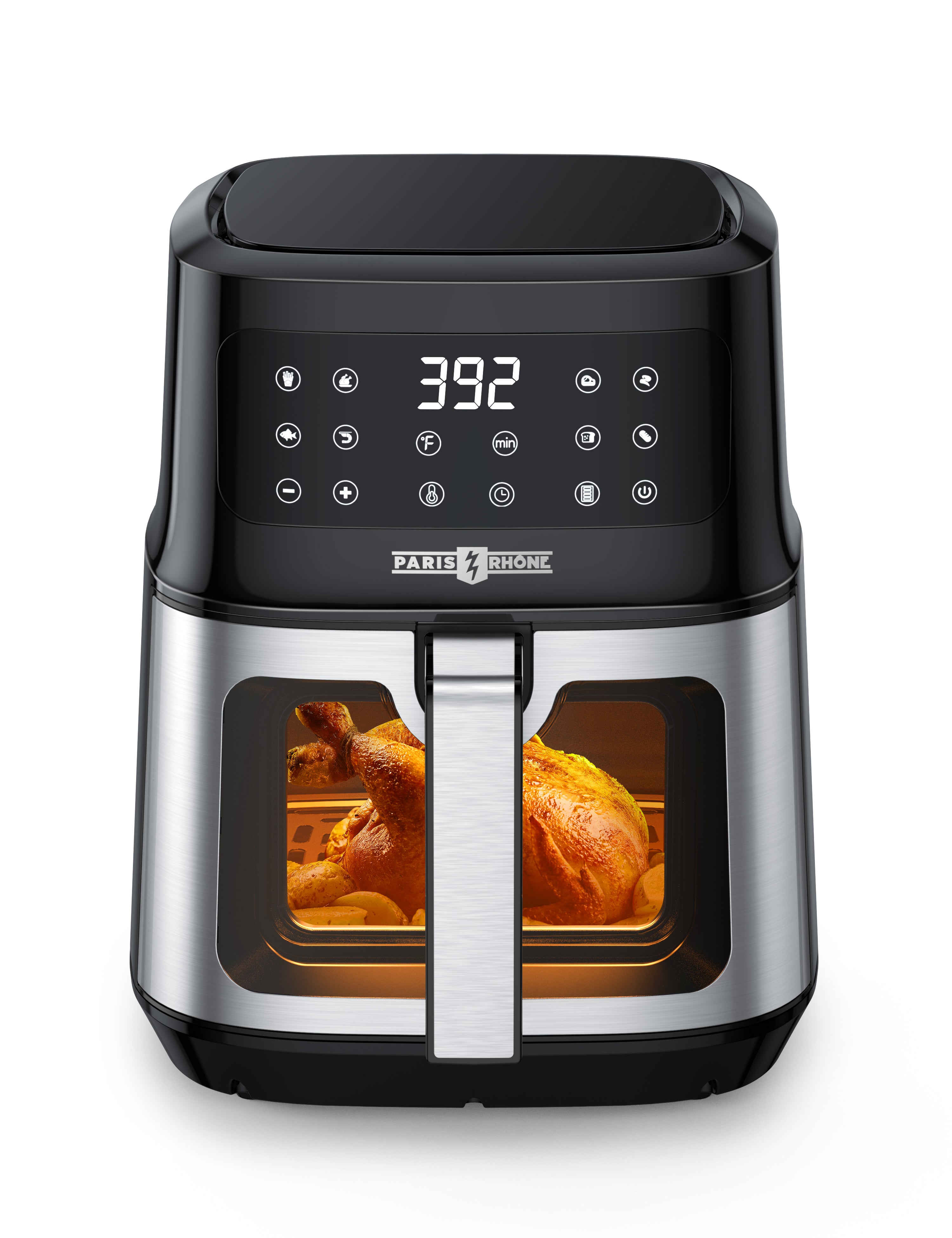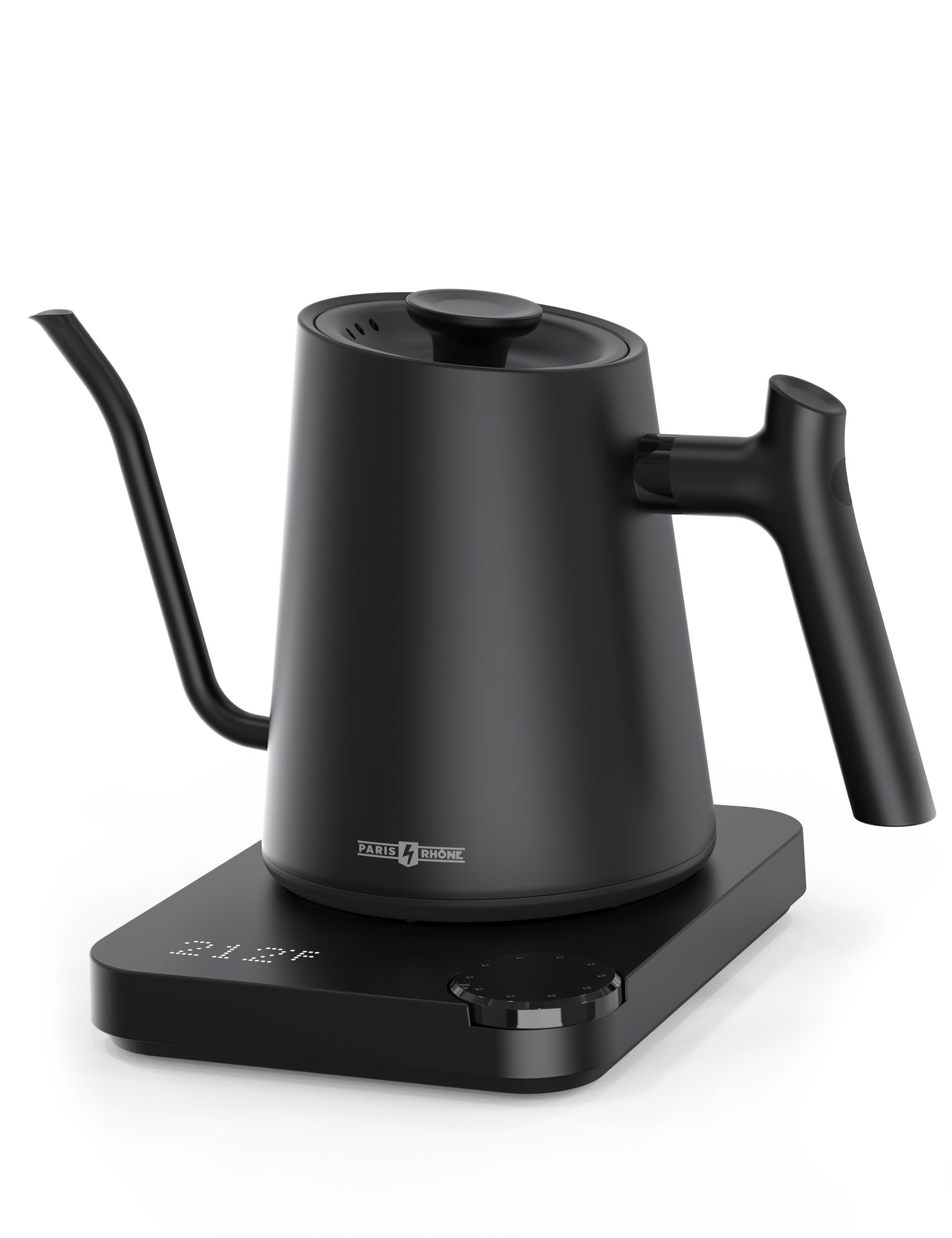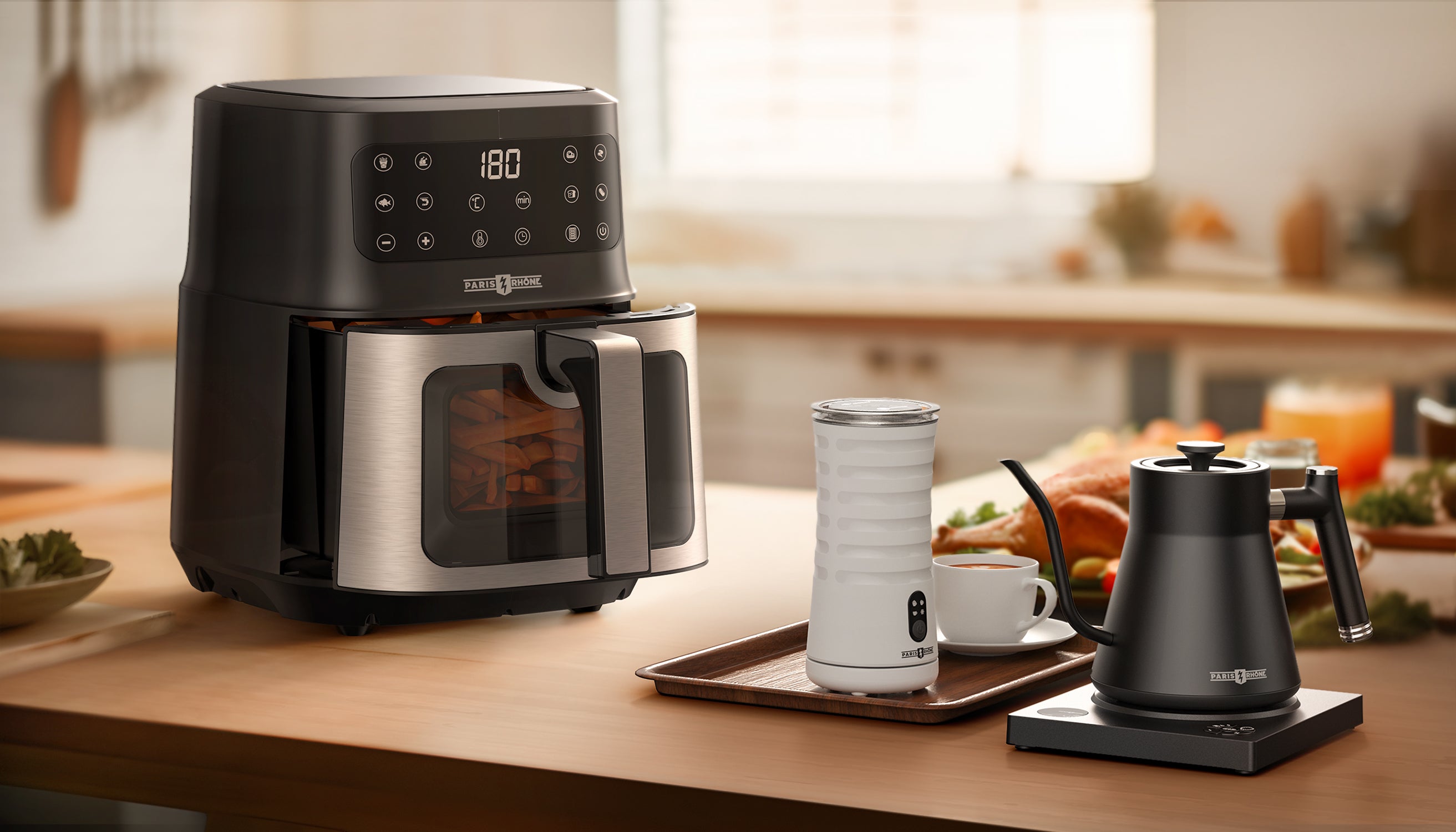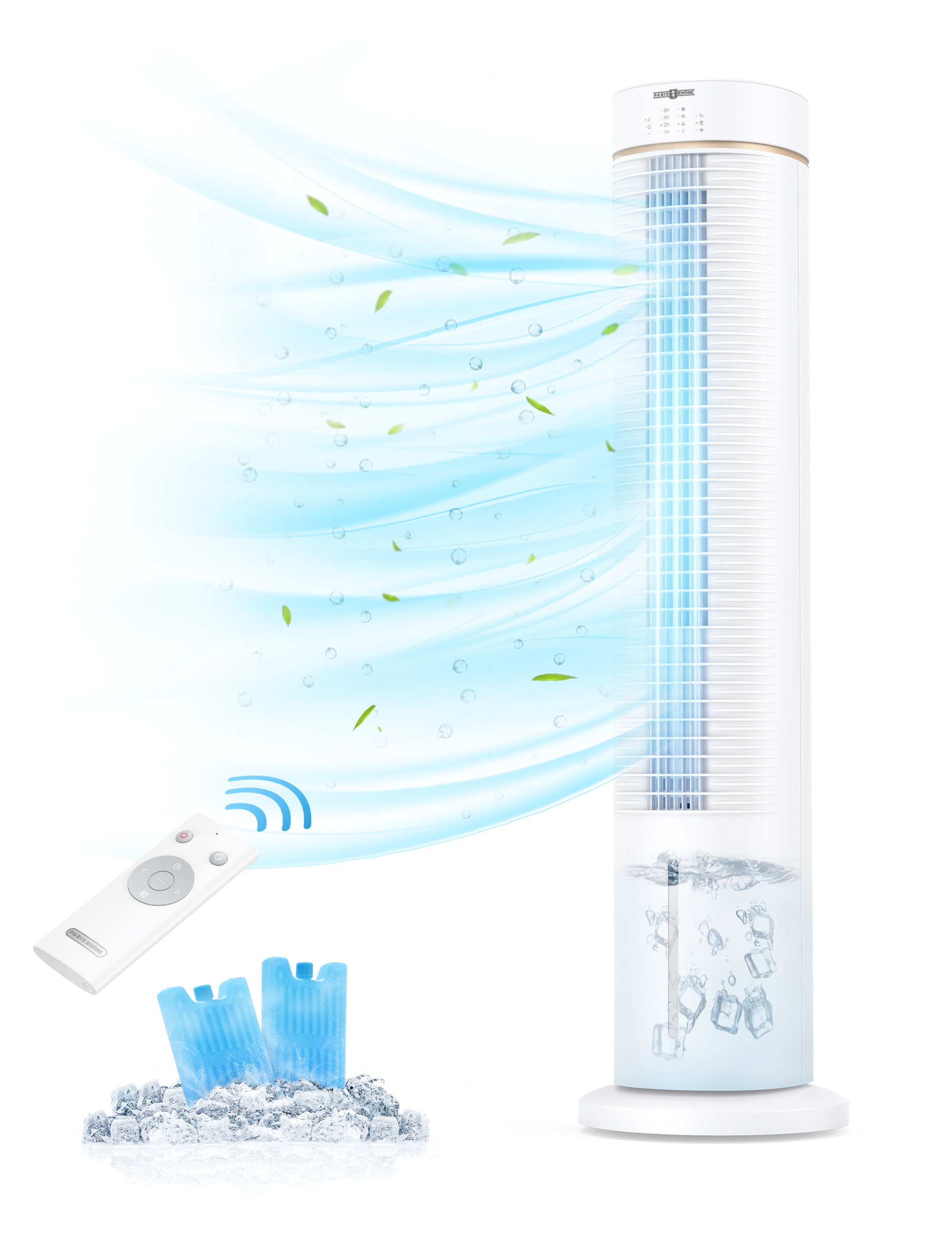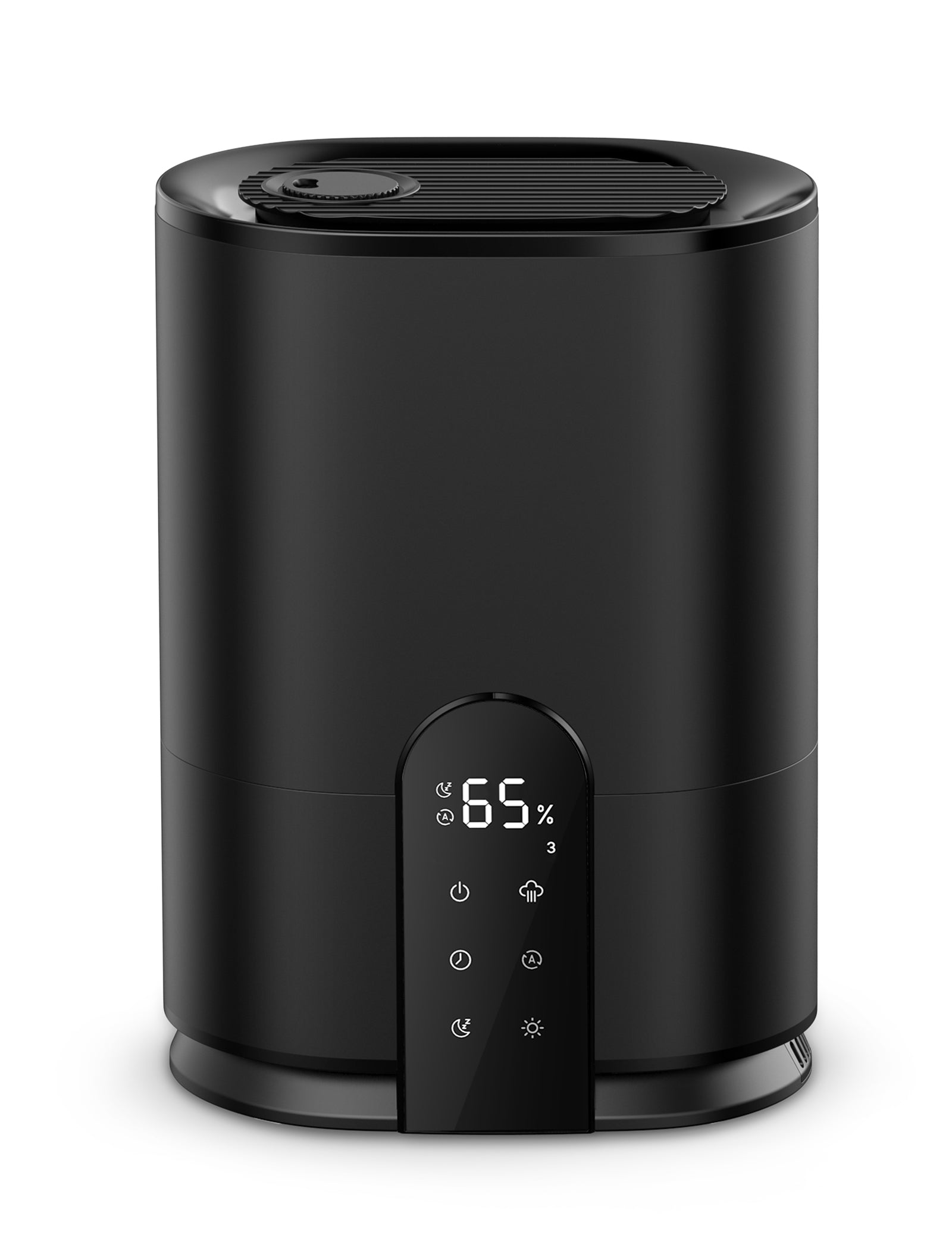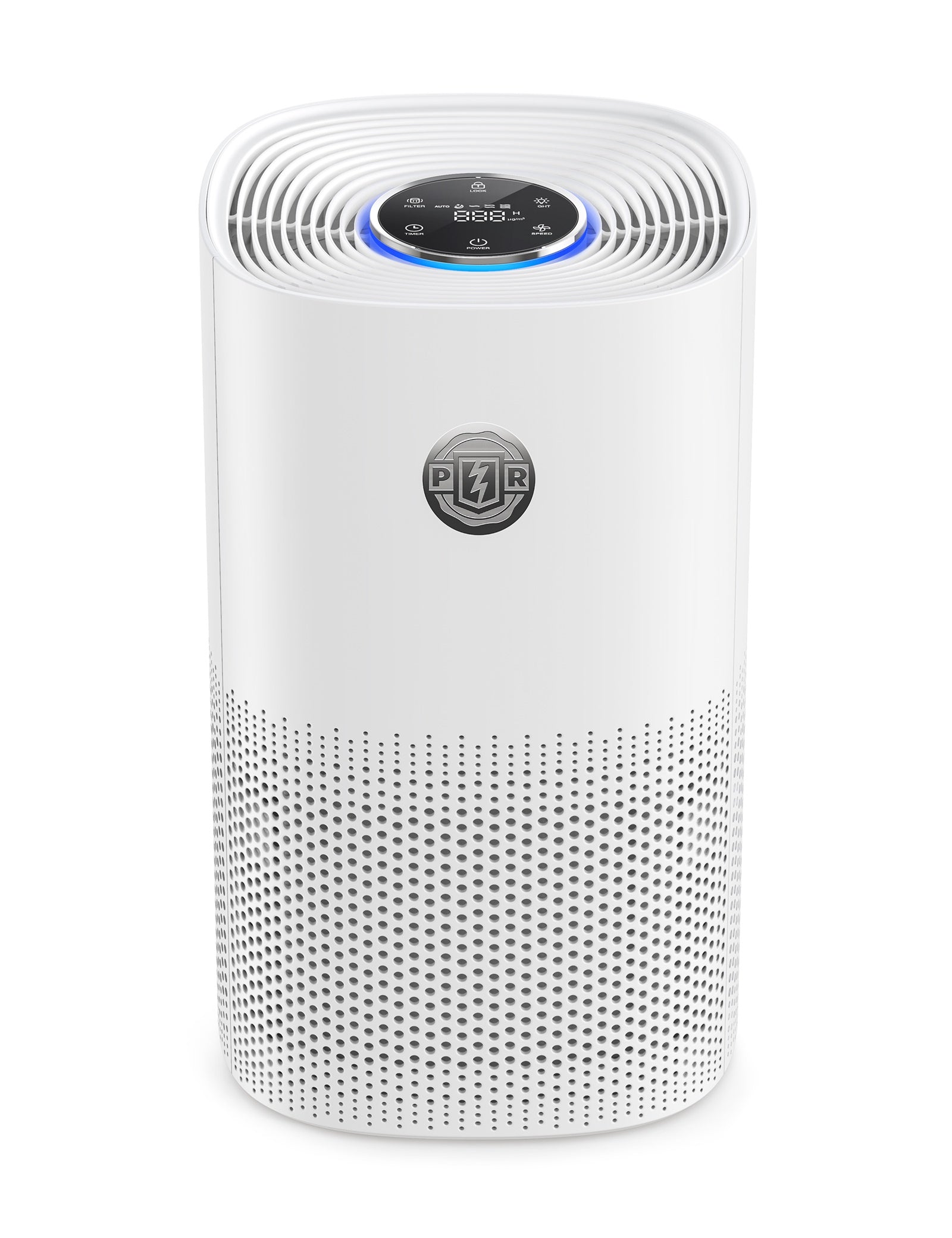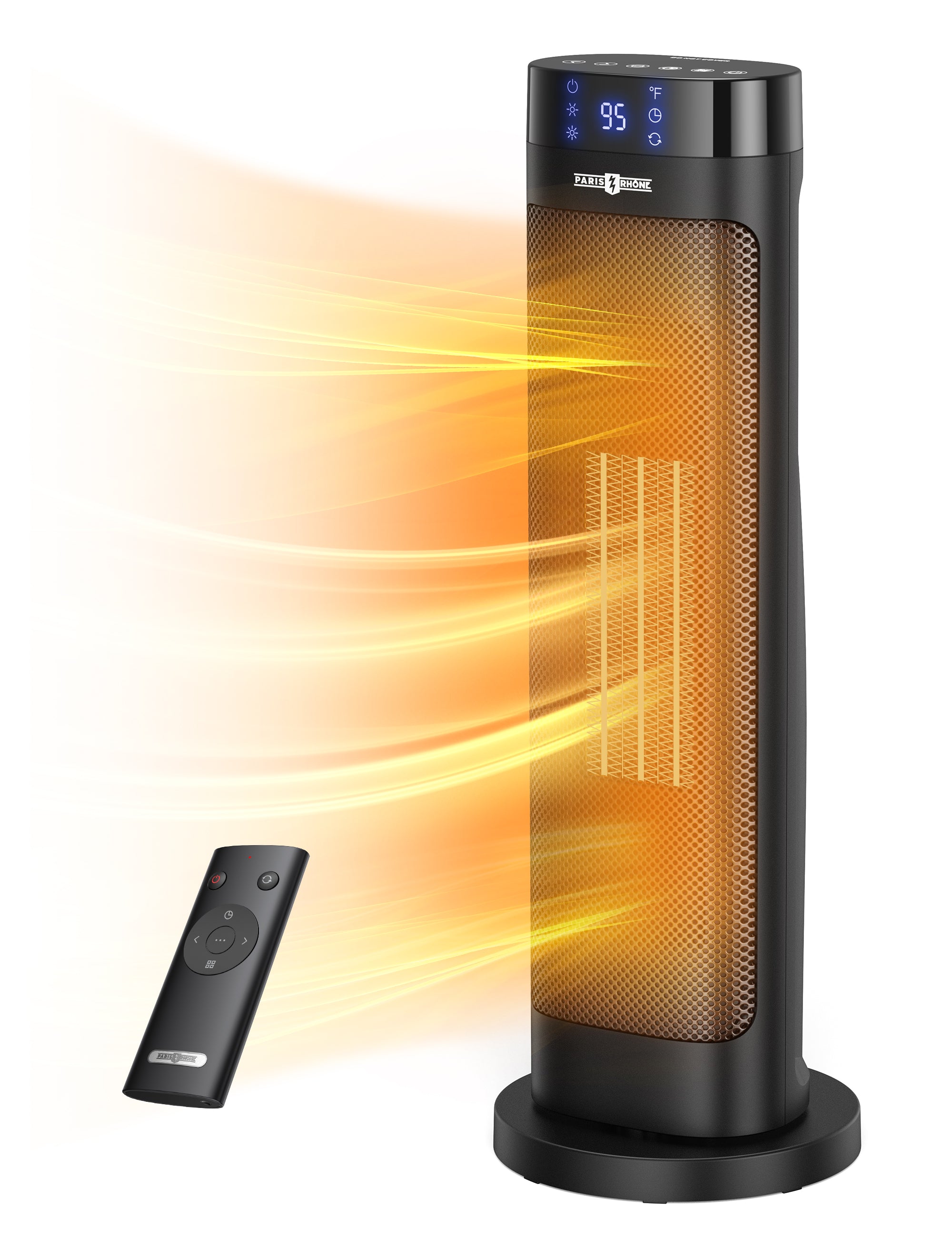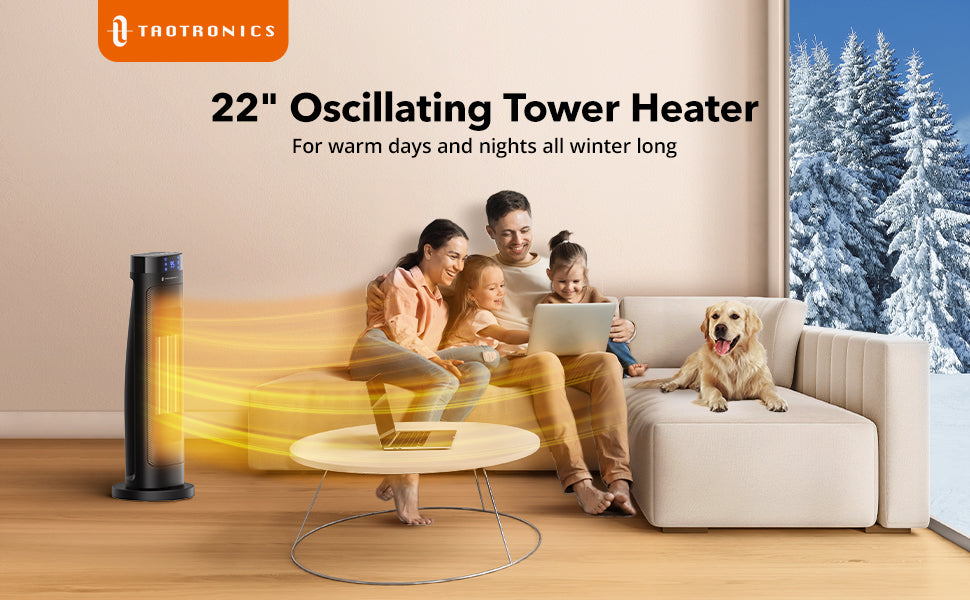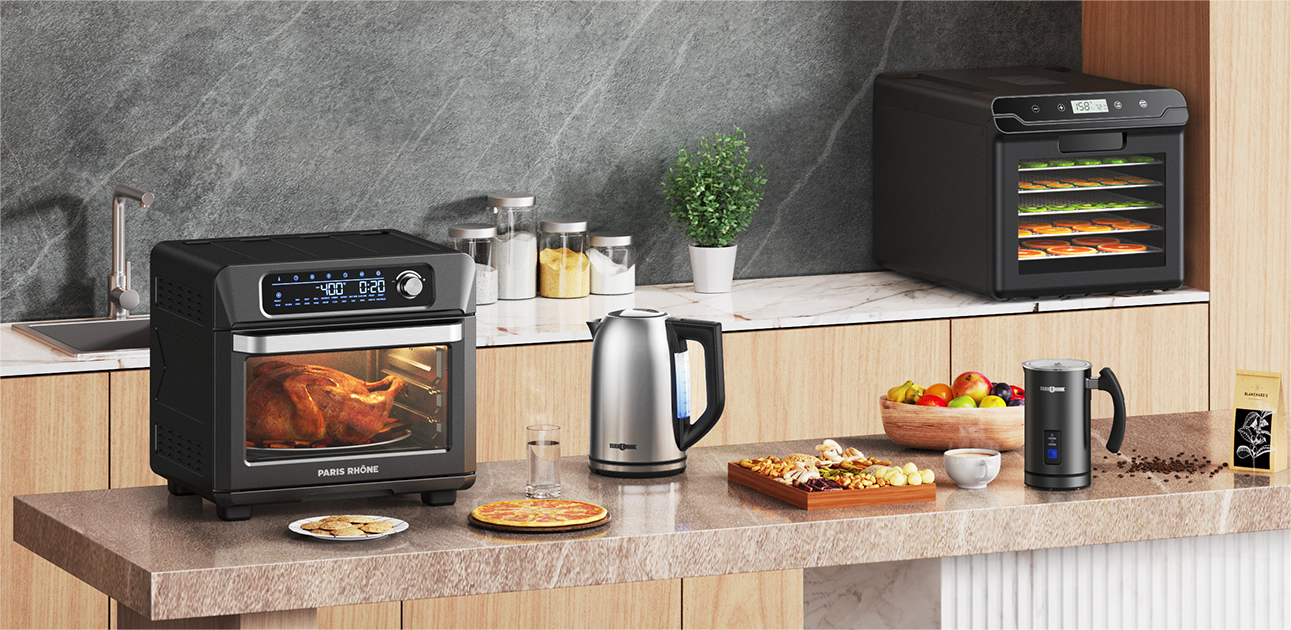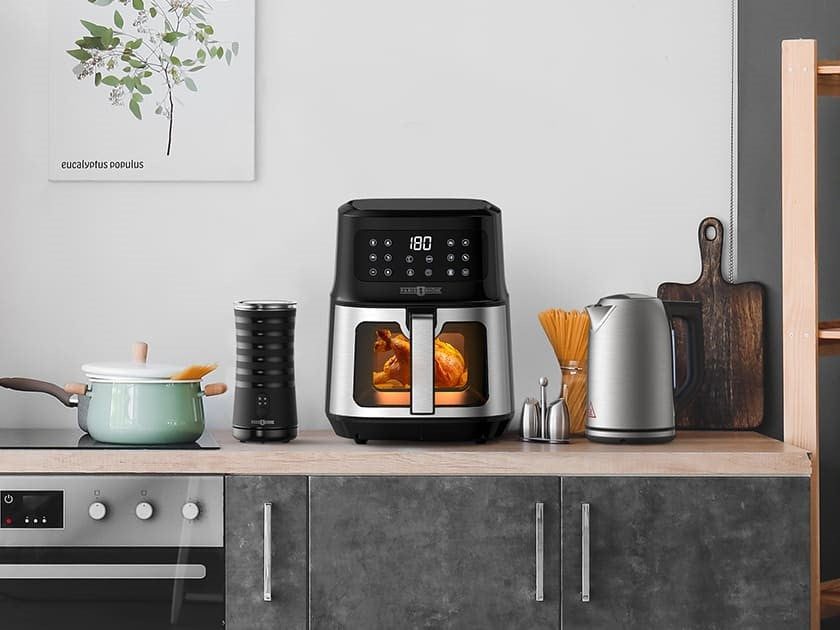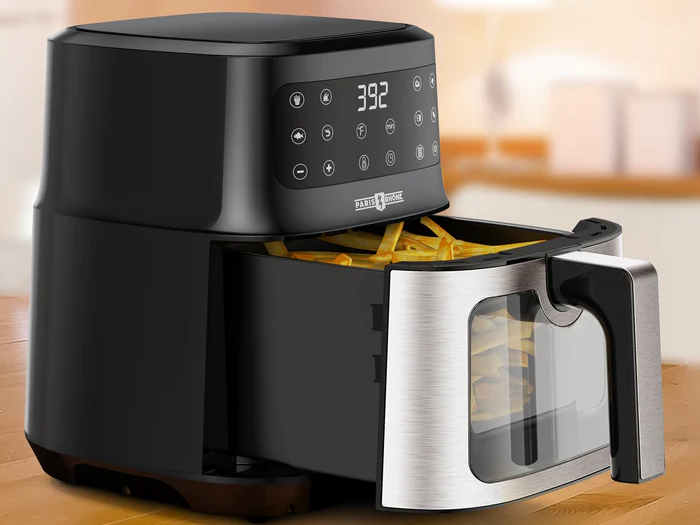Kitchen appliances assist us in preparing meals by automating or simplifying cooking processes. From air fryers to milk frothers, they are staples in both residential and commercial kitchens. However, home and commercial appliances are tailored to different needs in terms of capacity, power, durability, and more. In order to pick out the right tools for the job, it's super important to really get these key differences.
Household Appliance
In-home kitchens, appliances like air fryers, frothers, and ice cream makers are useful for quickly whipping up great-tasting treats. Domestic air fryer ovens use rapid hot air to produce crispy "fried" foods using little to no oil. With adjustable temperatures and timers, they are convenient for cooking frozen or fresh foods. The typical capacity is 3-5 quarts, perfect for families and small gatherings.
Milk frothers allow you to create foamy, creamy frosting for coffees and teas in seconds. Handheld frothers are common in homes, along with small mechanical countertop frothers suited for 1-2 servings at a time. Domestic ice cream machines produce creamy frozen desserts by chilling and agitating a prepared mixture during freezing. They range from small units making 1-1.5 quarts to larger 4-quart models, great for making ice cream at home.
Commercial Appliance
Commercial-grade appliances are built to withstand constant daily use in cafes, restaurants, and other food businesses. Commercial air fryers feature heavier-duty stainless steel construction and higher-wattage heating elements to accommodate much larger batches of 10-20 pounds of food. Sturdy, high-powered commercial milk frothers can foam multiple drinks simultaneously thanks to dual wands and motors.
Commercial ice cream machines come in countertop or floor models capable of producing 2-5 gallons per batch. They facilitate continuous production for busy shops thanks to features like automatic ingredient feeders, pre-coolers, and robust compressor freezing systems. Of course, the tradeoff is that commercial appliances carry significantly higher price tags, ranging from hundreds to thousands of dollars.

Comparing Commercial and Domestic Models
When it comes to size and capacity, commercial appliances dwarf their domestic counterparts. Commercial air fryer ovens boast over 10x larger capacity to churn out pounds of food, not just cups. The same applies to frothers and ice cream machines, with commercial models multiplying batch yields exponentially.
Commercial appliances also pack far more powerful motors and heating elements. Heavy-duty motors allow commercial frothers to whip multiple drinks at once, while high-wattage heating elements help large air fryers reach optimal temperature rapidly. The extra power enables commercial appliances to perform functions faster and handle much heavier loads.
Durable stainless steel construction allows commercial appliances to endure heavy wear and tear from daily use for years. Thicker, insulated stainless steel housing protects the inner workings while making the appliances easy to clean and sanitize. Commercial ice cream makers also rely on heavy-duty compressors for continuous freezing.
For the occasional home cook, paying thousands of dollars for commercial-grade equipment is likely overkill. But for busy cafes, restaurants, and food trucks producing food in high volumes, commercial appliances are indispensable investments. Their scale, power, and durability justify the higher costs by enabling efficient, high-yield food preparation day after day.
Choosing the Right Appliance
So how do you decide what's right for your needs? First, honestly assess how frequently you will use the appliance and desired quantities. Occasional use for small batches points to a domestic model being perfectly sufficient. However, if you'll be using an appliance daily and need to produce larger outputs, the commercial grade is likely the way to go.
Of course, available space is a key factor. A bulky 20-quart commercial air fryer may simply not fit in a small home kitchen. The budget also plays a major role – commercial appliances carry hefty multi-thousand dollar price tags. Compare costs to determine if the productivity boost justifies spending for your situation.
Within each category, research to select reliable brands known for quality construction. Check that the capacity, dimensions, controls, and settings match your workload needs. Read reviews to help select the best commercial or domestic model for reliability and performance. Considering these considerations, you can confidently select appliances tailored to your unique requirements.

Conclusion
Kitchen appliances must be durable, efficient, and sized appropriately for the environment they are used in. Key differences between household and commercial appliances come down to capacity, power, and heavy-duty construction. Consider your available space, budget, usage frequency, and output needs. Then choose domestic or commercial models that best fit your situation. This will ensure your appliances are up for the job, whether it's feeding your family or running a successful food business. Investing in the right appliances makes all the difference.




